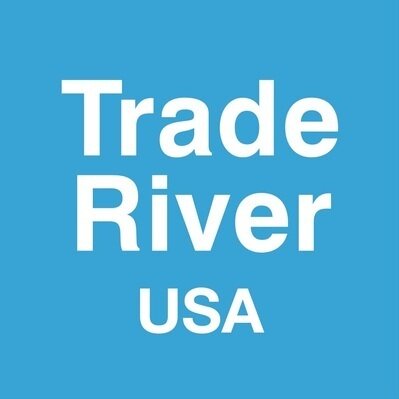Nearshoring Supply Chains: Procurement Rethinks Sourcing
The pandemic, the war in Europe, the state of the world, you name it –– the resulting upheaval in the global supply chain has led many companies to rethink their sourcing strategies in an effort to keep their supply chains far away from the path of destruction. In this environment of flux, companies are looking to nearshore their supply chains in order to wrap their arms around trade volatility and supply to gain greater control and minimize disruptions.
Procurement teams can play a key role in this process by analyzing and mapping out the offshore supply chain strategy. The nearshoring strategy should also include identifying new sources of supply and potentially even the reestablishment of relationships with previous suppliers of offshored products considering the entire supplier landscape has been flipped upside down. By doing so, procurement teams can help their companies make the transition to a more disruption-proof, resilient and agile supply chain.
However, it’s equally important to note that nearshoring or homeshoring your supply chains is not without its challenges. In particular, procurement teams may need to straddle the line between finding suppliers who are close enough to meet their needs but not so close that they introduce new risks. They will also need to be mindful of the potential for supply chain disruptions at large as companies react ands scramble to nearshore their own supply chains, too.
Nonetheless, nearshoring represents a promising strategy for proactive and savvy procurement teams that are looking to have control over their supply chains and also mitigate risks or threats to the health of the supply chain . By taking advantage of the opportunities it presents, they can help their companies weather the current storm and emerge stronger than ever before.
What do you think? Is nearshoring the answer to supply chain disruptions? How can procurement teams make the most of this opportunity? Let us know in the comments below!

